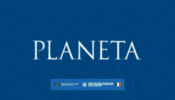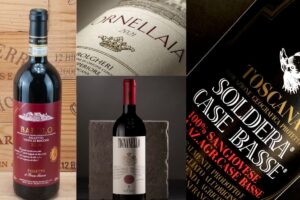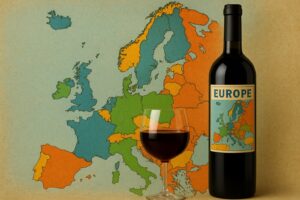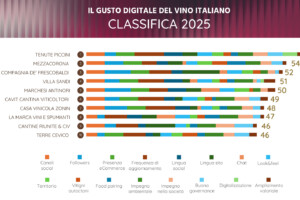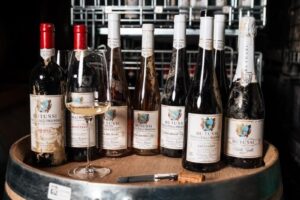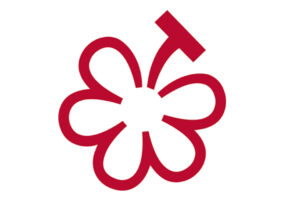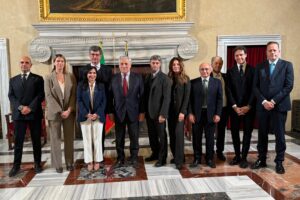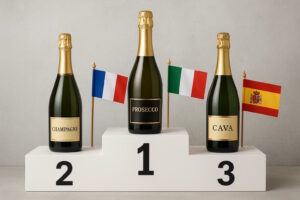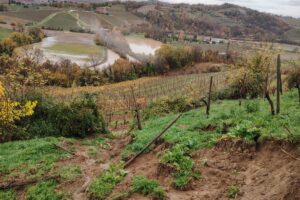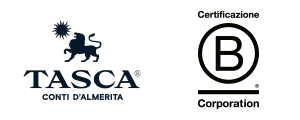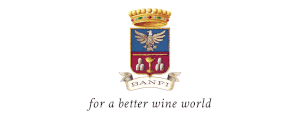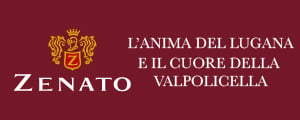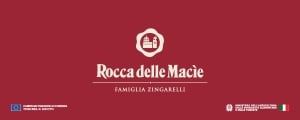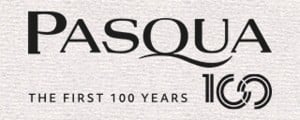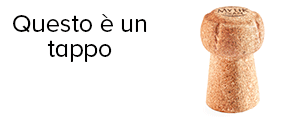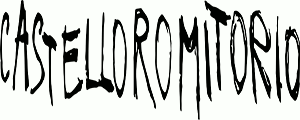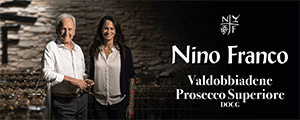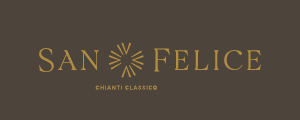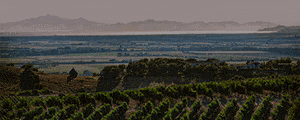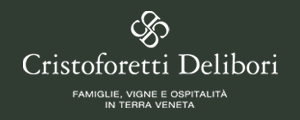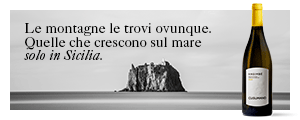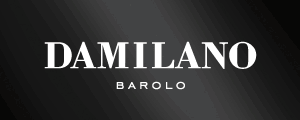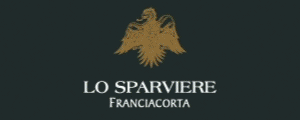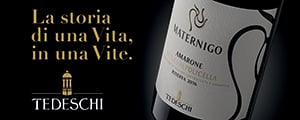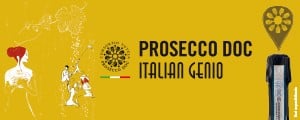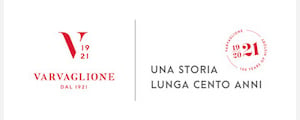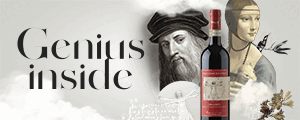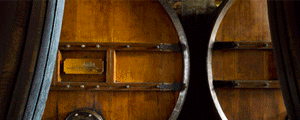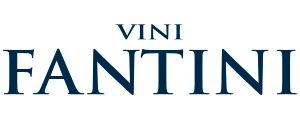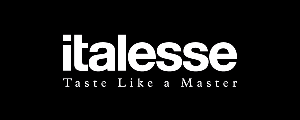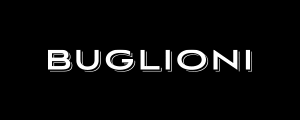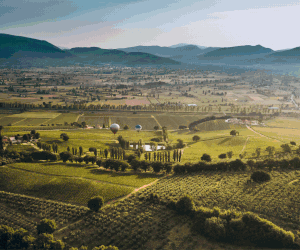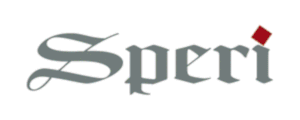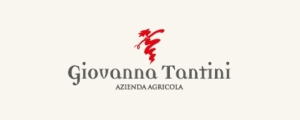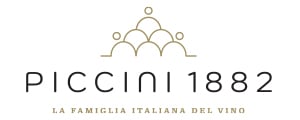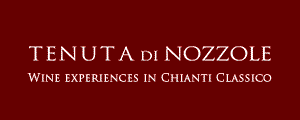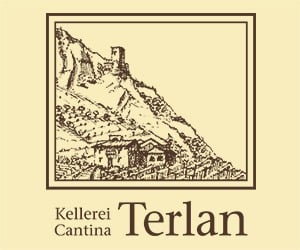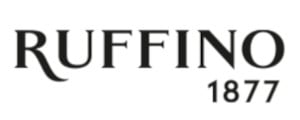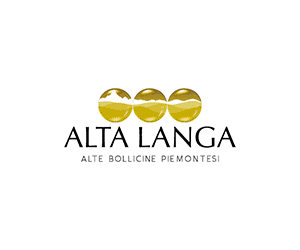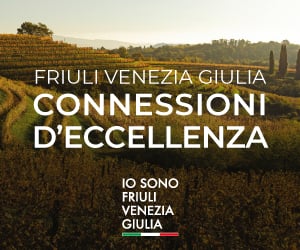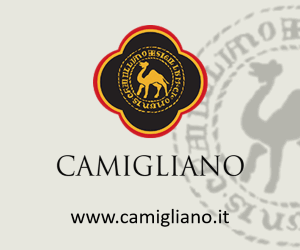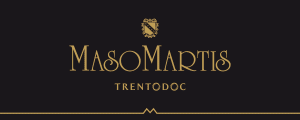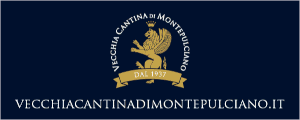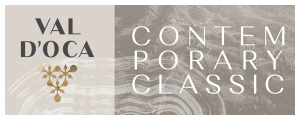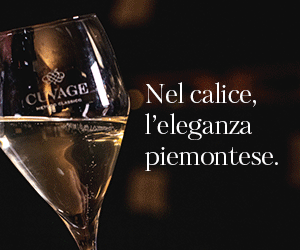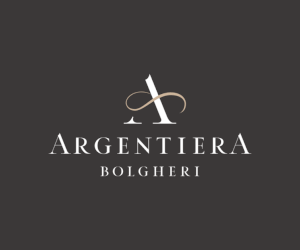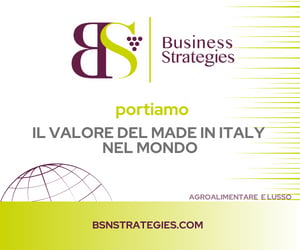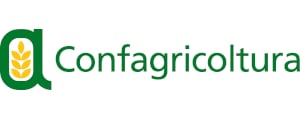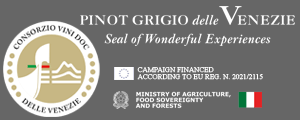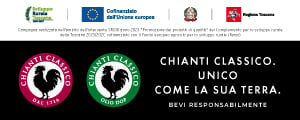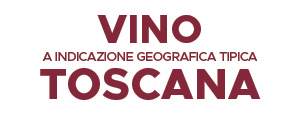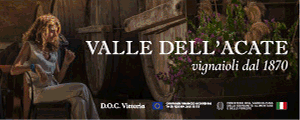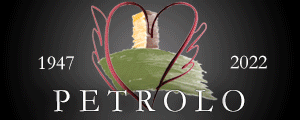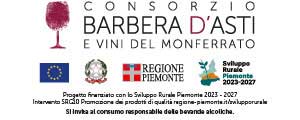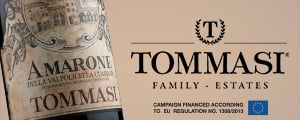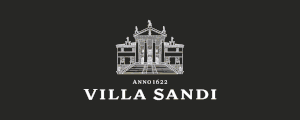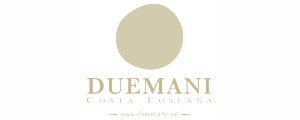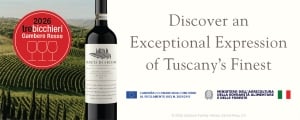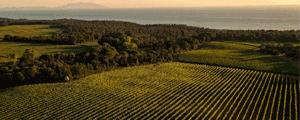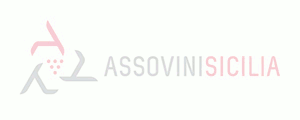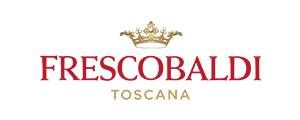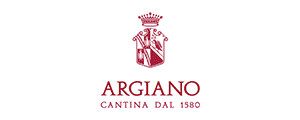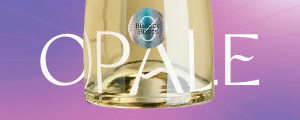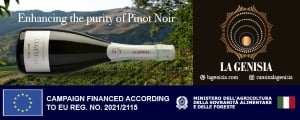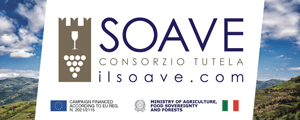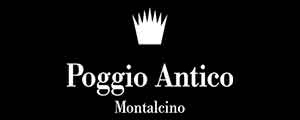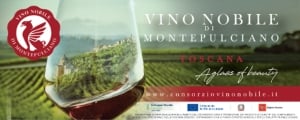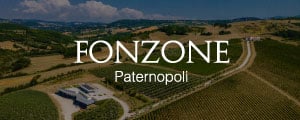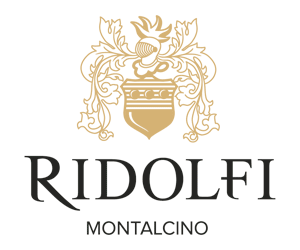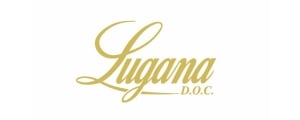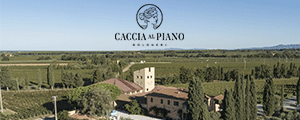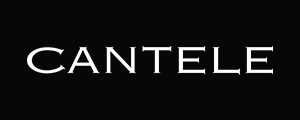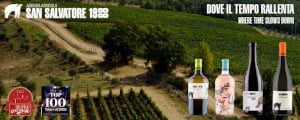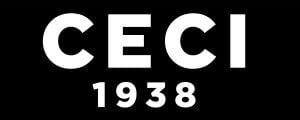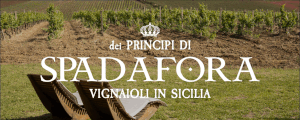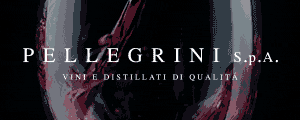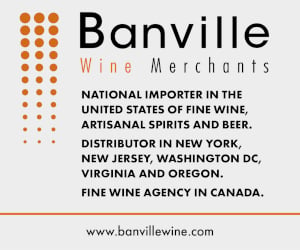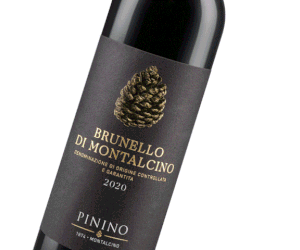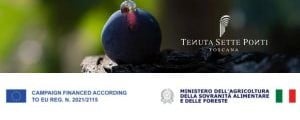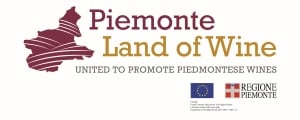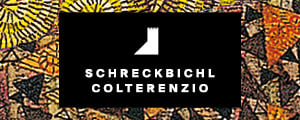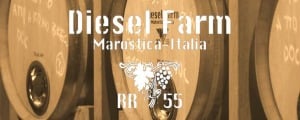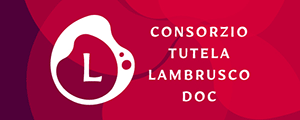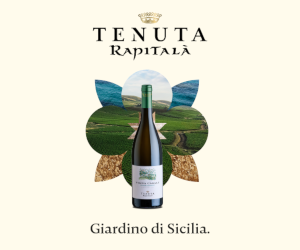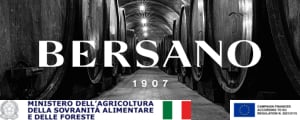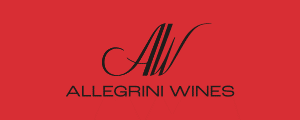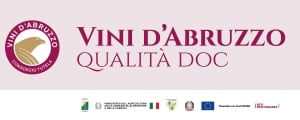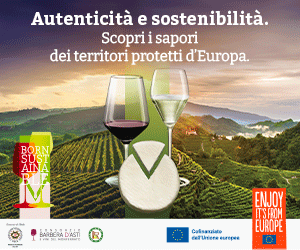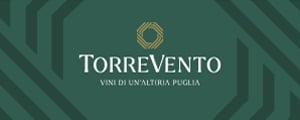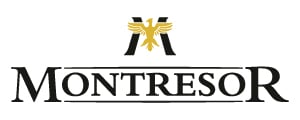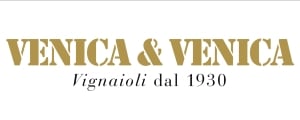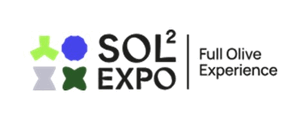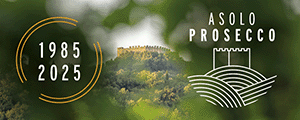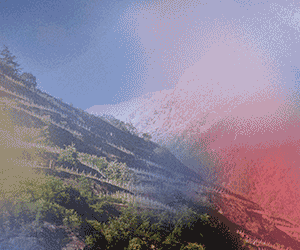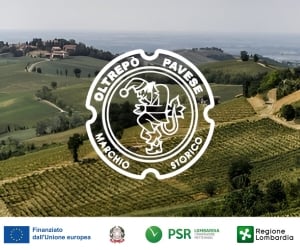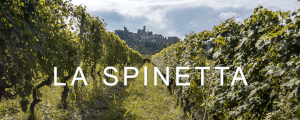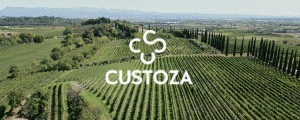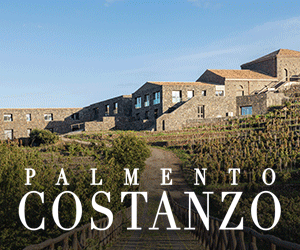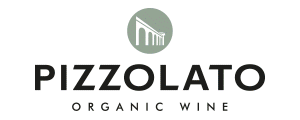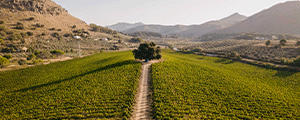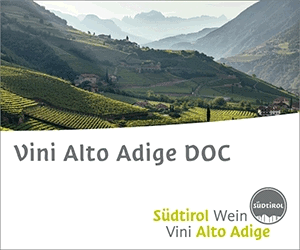From the revision of the 2016 Consolidated Wine Act to the reduction of Vat; from competition protection and anti-fraud measures to the enhancement of artificial intelligence; from changes in replanting authorization regulations to a supportive insurance scheme; from a mutual insurance fund among producers to prevent excess yields from devaluing wine, to a compensation mechanism, compatible with Eu law, for rebalancing inframarginal profits, potentially covering investment and management costs. Further proposals include useful tools such as management leasing and joint ventures, the use of revolving pledges, and a more flexible and enhanced application of Cmo funds, without forgetting the “nature credits” market, which financially rewards those who protect the environment. These are the suggestions, many already known, put forward by the Eurispes Laboratory on fiscal policies “to address the wine sector crisis”, described as “one of the deepest ever”.
In Italy, the wine sector plays a fundamental role, with around 30,000 processing companies (1,800 of which are industrial), and 250,000 agricultural enterprises at the initial stage of the supply chain. It generates a total turnover of 16 billion euros (excluding related industries), corresponding to about one percentage point of Gdp, including 8.1 billion euros in exports in 2024, and employs 74,000 people directly (in terms of in-charge workers). However, the wine sector faces numerous challenges and uncertainties: from U.S. tariffs to declining consumption, especially of red wines; from heavy stockpiles in cellars (39.8 million hectoliters on July 30th, 2025) to a steadily shrinking national vineyard area, which decreased by 15% between 2000 and 2023, according to Eurispes Laboratory. And, then, the rise of No-Low wines, which currently account for 3.3 million euros in Italy but are expected to reach 15 million euros within the next 4 years. Additionally, the issue of “illegal wine routes” persists, with the value of seized illegal wine-related products exceeding 22 million euros in 2023 alone, according to Eurispes Laboratory.
In response, Eurispes has developed a “safeguard package” with “some operational proposals of clear interest” to support the sector. Particularly, regarding the revision of the Consolidated Wine Act, the proposals include “rethinking the denomination system toward a framework which considers new sector demands and evolving consumption patterns”. Among the proposed actions, there are are “reducing yields per hectare; aligning grape yields with actual data from the past five years; revising production regulations and surplus mechanisms; updating wine labeling requirements, including mandatory ingredient lists and nutritional declarations; simplifying the control system; revising reclassifications and management tools; and reforming the denomination system through regional consolidation of denominations”. Regarding the proposed Vat reduction, reference is made to what happened in France in the early 2000s, “when Vat was lowered to 7%. Today, wine is considered a luxury good, with a purchase Vat rate of 22% and 10% when served at the table”.
In terms of competition protection and anti-fraud efforts, “the fight against wine counterfeiting requires a joint commitment from all actors in the supply chain. The primary responsibility lies with wineries, which must invest in increasingly sophisticated wine traceability systems, using dedicated technologies integrated into their products and collaborating with authorities to identify and report cases of counterfeiting. Institutions, on the other hand, must strengthen controls and penalties for counterfeiters, promote consumer awareness campaigns, and support research into new anti-counterfeiting technologies”. One of the most interesting innovation projects, also aimed at combating counterfeiting, is the introduction of state fiscal stamps for alcoholic beverages, whose experiemntation has recently begun in Italy.
As for artificial intelligence tools, which “are already being used in vineyard operations, cellar processes, marketing, sales, business administration, and consumer interactions”, these can help “reduce the use of plant protection products by intervening only where truly necessary analyzing vegetation density in real time and automatically adjusting treatment application”.
Eurispes also considers it appropriate to “amend the regulations on replanting authorizations and suspend new authorizations for one year. In cases authorizations, both new and replanting, granted before January 2025, are not used, it would be desirable to avoid administrative penalties. It is also worth considering extending the validity of replanting authorizations to eight years, a period deemed necessary to allow producers to realign production with changing consumption styles and new markets”.
Among the measures considered valuable by Eurispes, there is the development of a state-guaranteed insurance scheme to support the sector. Additionally, a mutual insurance fund among producers is proposed, and, therefore, “a sort of “solidarity insurance” aimed at maintaining wine prices to be implemented through a mutualization fund to manage excess supply. This option would not involve production cuts or marketing restrictions for operators. Instead of forcing a winemaker to sell part of their wine at below-market prices, a single contribution per hectoliter produced would be introduced, while also finding viable outlets for excess yields (such as grape juice production or distillation for fuel)”.
Finally, the Ocm Wine - Promotion in Third Countries call for proposals, published on May, 15th, 2025, already includes “further operational simplifications, which could still be strengthened”, and, therefore, it “includes updating the relevant ministerial decree; extending standard costs to other countries; introducing new lump-sum costs to simplify administrative management and reporting, while providing greater certainty for agricultural businesses regarding the contributions they will receive; removing the five-year limit for promotional campaigns in third countries; and allowing campaigns to be carried out through an importer or distributor in which the company holds a stake”.
Copyright © 2000/2025
Contatti: info@winenews.it
Seguici anche su Twitter: @WineNewsIt
Seguici anche su Facebook: @winenewsit
Questo articolo è tratto dall'archivio di WineNews - Tutti i diritti riservati - Copyright © 2000/2025

